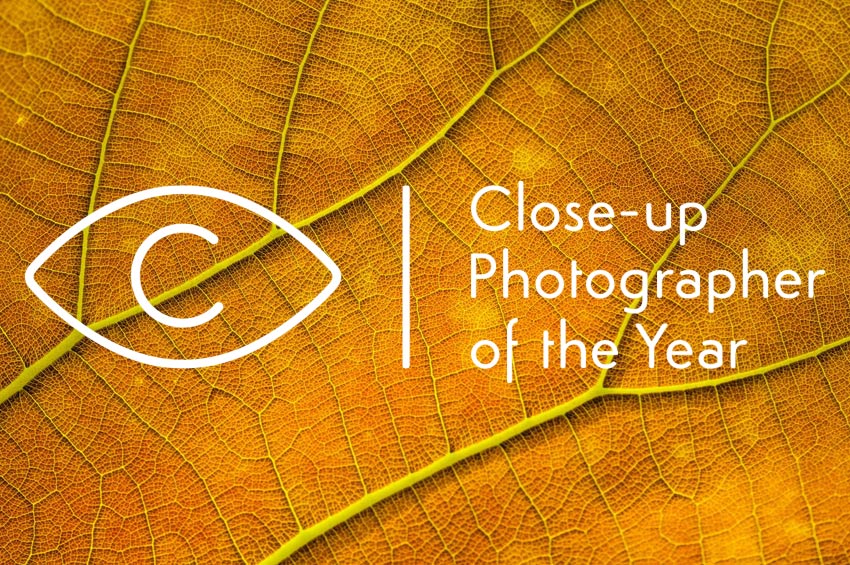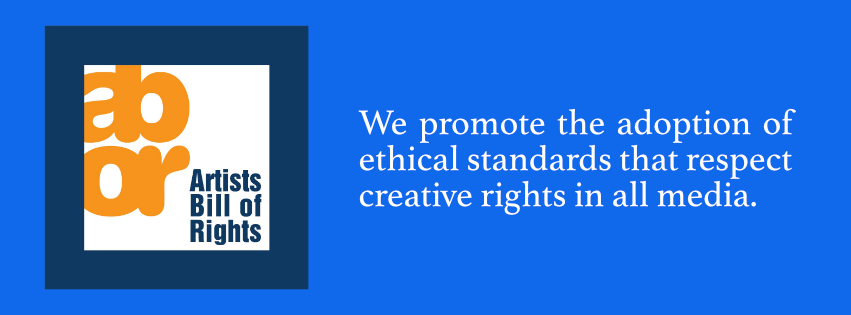 (Entries close 23.59 (GMT) on 28th February 2019)
(Entries close 23.59 (GMT) on 28th February 2019)
Photographing a trooping funnel mushroom or grizzled skipper butterfly could win you £1,000 cash and more than £1,200 worth of SIGMA camera equipment in the first ever Close-up Photographer of the Year competition (CUPOTY), which closes on 28th February.
CUPOTY is seeking close-up, macro and micro photographs that help us see the world anew by revealing the often overlooked details of animals, plants, natural materials, and objects.
Categories
There are five categories to enter: Animals, Plants & fungi, Intimate landscape, Manmade and Micro (for images captured with a microscope), as well as Young CUPOTY (for entrants aged 17 and under). The competition is open to all, and entrants have until 23.59 (GMT) on 28th February 2019 to enter the competition via the website: www.cupoty.com.
Prizes
A prize fund worth over £4,000 will be shared between the overall winner and six category winners.
The overall winner receives the title of Close-up Photographer of the Year, a trophy, and a prize worth £2,500. This is composed of a £1,000 cash payment, along with a SIGMA 70mm F2.8 DG MACRO Art lens and a SIGMA sd Quattro camera.
Each adult category winner receives £300.
The Young CUPOTY winner will receive the title of Young Close-up Photographer of the Year and a SIGMA 70mm F2.8 DG MACRO Art lens worth £499.
The best 100 images will be featured in The Top 100 showcase. This will be an interactive online exhibition that will act like a Hall of Fame for photographers.
CUPOTY also offers free feedback on your pictures, on request, after the judging is complete.
Judges
This year’s judges include award-winning photographers Ross Hoddinott, Sue Bishop, David Maitland, Robert Thompson and Keith Wilson. Judging will take place in March 2019, with the results announced soon after.
 PICTURE CREDIT: ©Tracy Calder, www.cupoty.com
PICTURE CREDIT: ©Tracy Calder, www.cupoty.com
CUPOTY co-founder, and former editor of Outdoor Photography magazine, Tracy Calder says:
“Close-up photography allows us to explore intimate details, encouraging us to see the world anew. When we stop to notice the curved bands of a snail shell or jagged thorns of a rose stem we create a lasting connection with your environment.”

